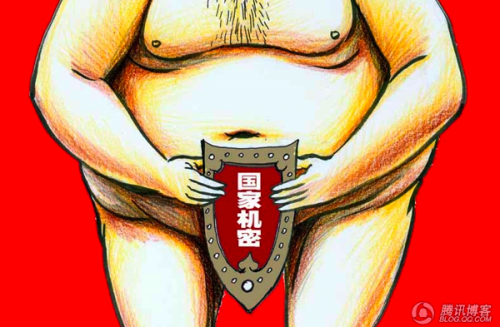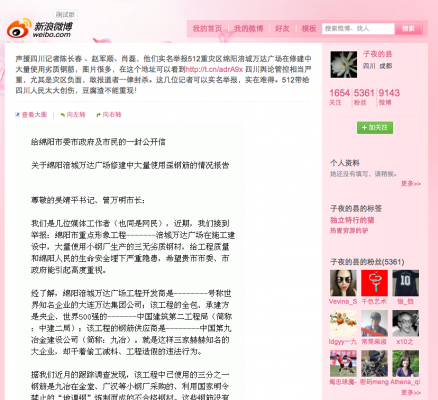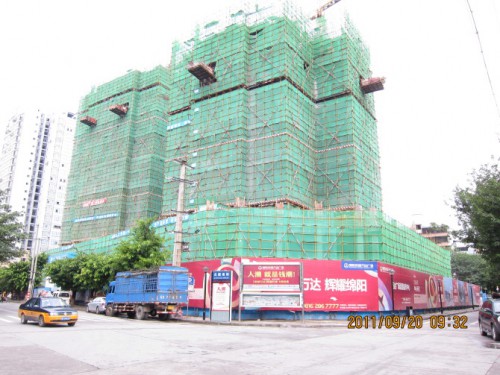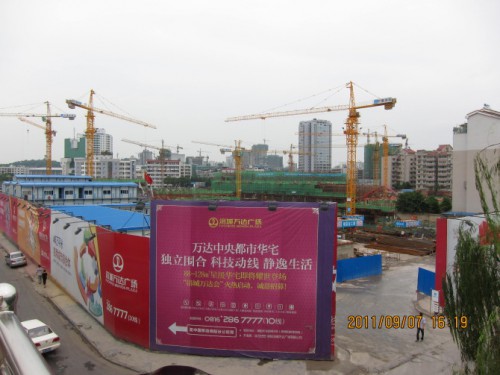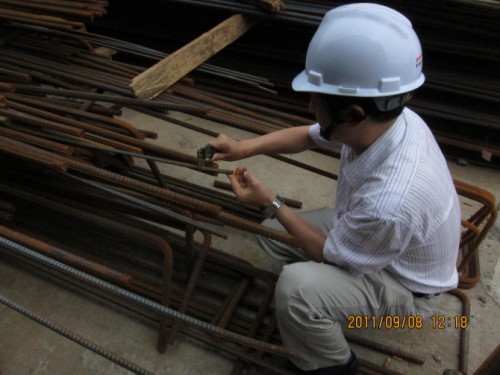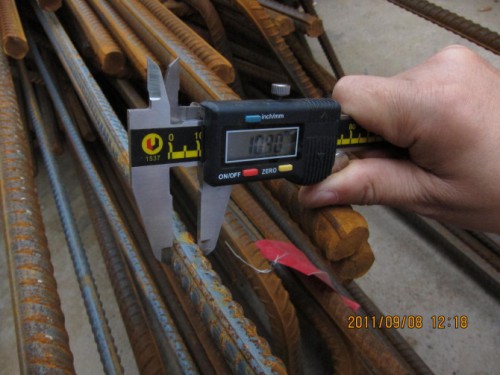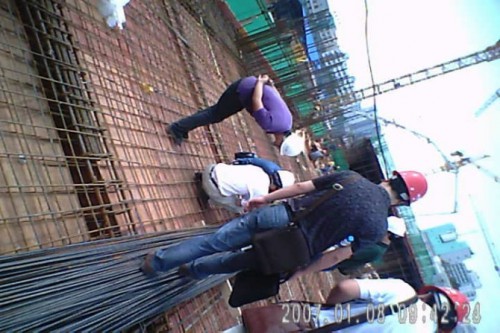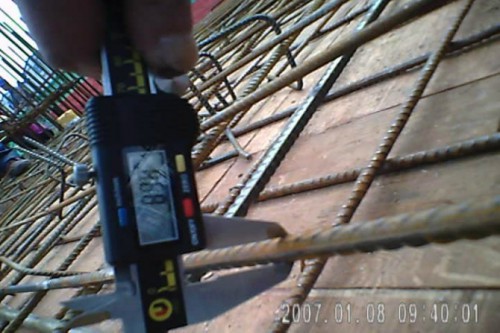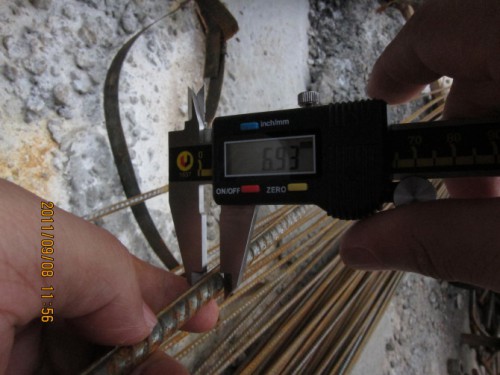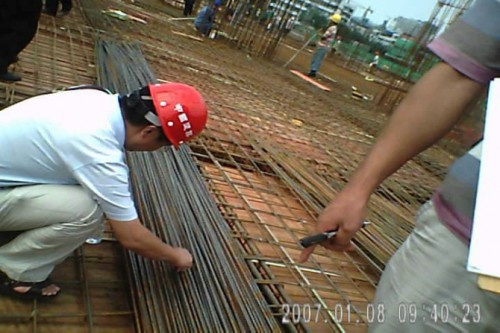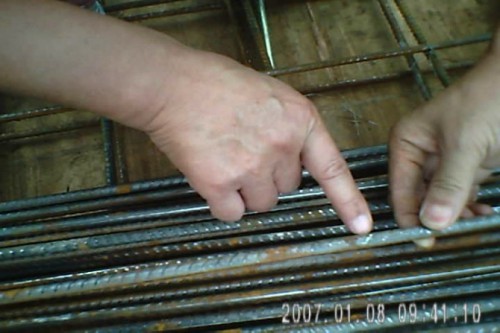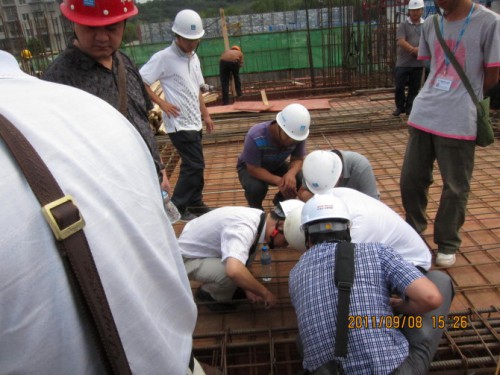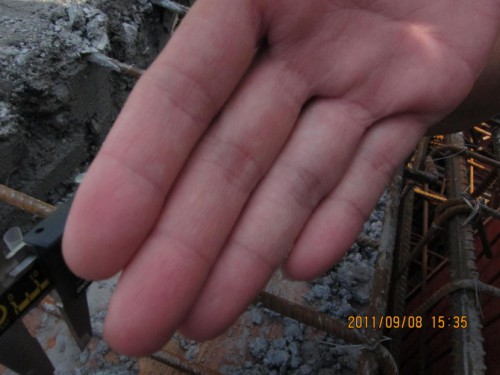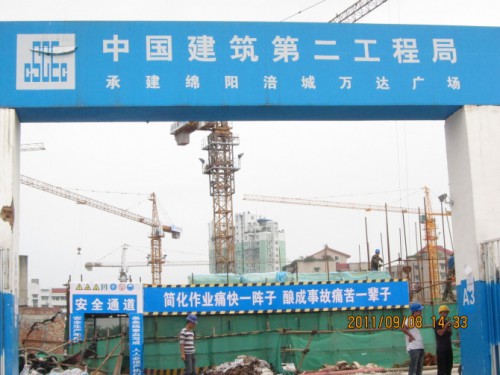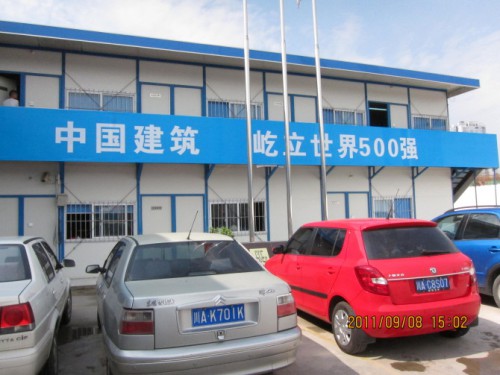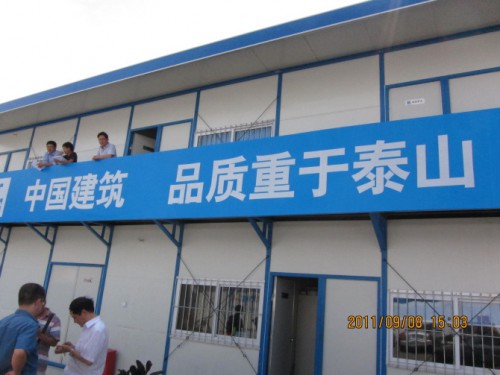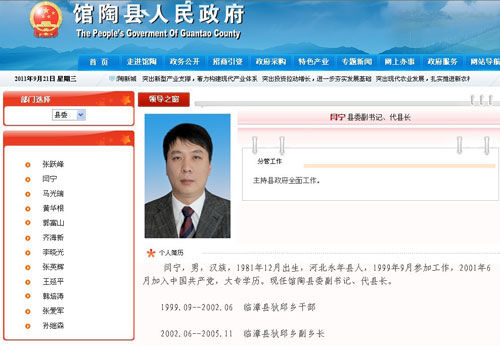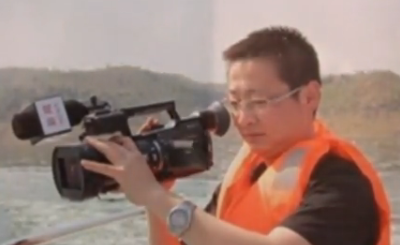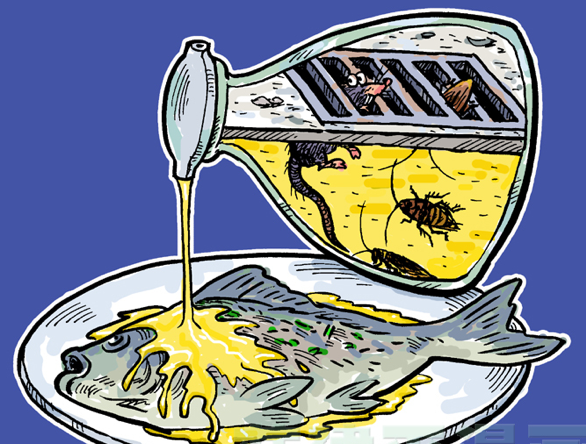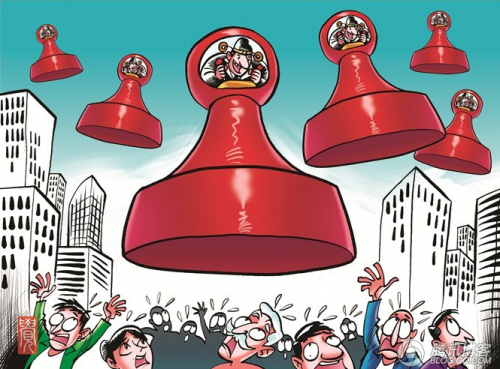Dalian — At the World Economic Forum’s Summer Davos in Dalian earlier this month, Chinese Premier Wen Jiabao (温家宝) called again for political reform in China. The context and the way Wen’s words were handled by China’s party media suggested that he might have won greater support among top party echelons in his effort to keep alive the push for political reform.
Unlike last year, when Wen’s repeated promises on political reform received low-key treatment from party media, the official Xinhua News Agency this time dispatched the full text of Wen’s speech across the country.
Party insiders at the Dalian forum said Wen’s high profile statements on political reform showed that the liberal wing of the Chinese Communist Party was flexing its muscles. Another observer said that Xinhua must have gotten the go-ahead from the Central Propaganda Department to release Wen’s speech.
In Dalian, Wen Jiabao gave two speeches, the first at the opening ceremony of the forum on the morning of September 14th, and the second at a meeting with CEO’s later in the day. His morning address focused on economic issues and devoted only one short paragraph to political reform. He mentioned the importance of governing by law, and the need for institutional changes that would protect citizens’ rights.
Wen’s real moment came in the afternoon when he met with about 100 CEO’s. The meeting was designed as a closed-door discussion conducted according to the Chatham House Rule, under which participants can cite the content of the meeting but must not disclose the identities and affiliations of the speakers. In spite of the stipulation, Wen Jiabao permitted Xinhua News Agency to stream live the text of the meeting online. The first question came from Klaus Schwab, founder and executive chairman of WEF, who asked Wen to elaborate his morning statement on political reform.
Wen was responded: “Our meeting this afternoon . . . is not just about me interacting with all of you here. In fact, I am thinking of having interactions with all the people of this country. ” He had come prepared to use the forum as a platform to speak to the whole nation.
Wen cited five points of political reform, which went much further than what he had said in the past.
Wen went on to offer his “five points of political reform” (政改五点), which have since been widely publicized. They are: 1. ruling the country by law, and ensuring separation of the party and government; 2. promoting social justice, addressing unfair distribution of wages and closing the gap between the rich and the poor; 3. ensuring an impartial and independent judiciary; 4. protecting the democratic rights of the people and expanding grassroots elections; 5. opposing corruption, requiring government officials to make public their financial affairs .
Of the five points, the first was most provocative as it called for reforming the leadership system (领导制度) of the Chinese Communist Party and the government. “The ruling Party must conduct itself according to the constitution and the law, said Wen, He also said in no uncertain terms that there must be changes in the Party’s dominance of government affairs (以党代政), its absolute power, and the over-concentration of power. Evoking the authority of Deng Xiaoping, he said, “These are tasks that Deng Xiaoping spoke of 30 years ago, and I think they are even more urgent today.”
Just 12 minutes after the meeting concluded, Caijing Online had posted the full text of Wen’s remarks on political reform. Soon after, the official China News Service posted a report with the headline “Wen Jiabao Talks About Five Points on Political Reform,” which was quickly reposted by other online sites. A national discussion on the topic has been launched, as citizens around the country posted their comments online..
Breaking through its customary silence, Xinhua News Agency reports the full text of Wen’s speech
As for Xinhua News Agency, while it has already posted a transcript of the speech on its official website, it did not send a wire story until the early hours of September 15 . Most notably, Xinhua, in its online release, switched the orders of the questions and answers. It put an exchange on “economic challenges” as the first question, while “burying” Wen’s remarks on political reform under the second question.
More alert journalists found the early morning release highly unusual. One minute after Xinhua sent its wire, Jin Yi (金毅), a deputy editor at Hangzhou’s Youth Times, noted Xinhua’s breakthrough dispatch and started bantering online with other microblog writers.
“My god, they sent a release so late. The papers have already gone to press.//@LittleChenTwo: Xinhua News Agency has sent a release! Tonight is a breakthrough!//@LittleChenTwo: They are still sending the story over. There might be more. //@IAmLiHongwen: Mm, (Let me) make a visual record.」
The day after Wen’s speech, Southern Metropolis Daily ran Wen’s five points on page four under the headline, “Changing Party dominance of the government and over-concentration of power/Wen Jiabao Offers Five Views to Explain Political Reform in Detail.” The official People’s Daily printed the entire Xinhua dispatch, including the five points, on page three but did not highlight Wen’s key message in the headline.
Hoping the next leadership group will take on political reform
While Wen’s “five points” has sparked a discussion online, many web users said they had little expectation of real changes. Some ridiculed his words, saying that he has talked about political reform time and again but has taken no action. One web user wrote: “I guess before next year’s 19th Party Congress there’s little chance for of Premier Wen to make any progress in political reform.”
It is true that Wen’s “five points” harks back to the 1980’s. In 1980, Deng Xiaoping gave a speech called, “Concerning Reform to the Party and Government Leadership System,” in which he criticized the “over-concentration of power, the patriarchal system (家长制), the system of lifelong tenure for leaders and all sorts of other privileges.” Deng also called for other reform measures such as the separation of the Party and government, and the banning of the lifelong tenure system for government officials.
For Wen Jiabao, talking about political reform is indeed not new. But talking about the issue is better than not talking all. And the unprecedented robust treatment of Wen’s remarks by the party media has at least opened up the issue for a national conversation. By offering a five-point programme, Wen is also challenging expected successors of the top party leadership, Xi Jinping (习近平) and Li Keqiang (李克强), to place political reform squarely on their agenda.
An earlier Chinese version of this article was published in the Sept 19th edition of the Hong Kong Economic Times.
